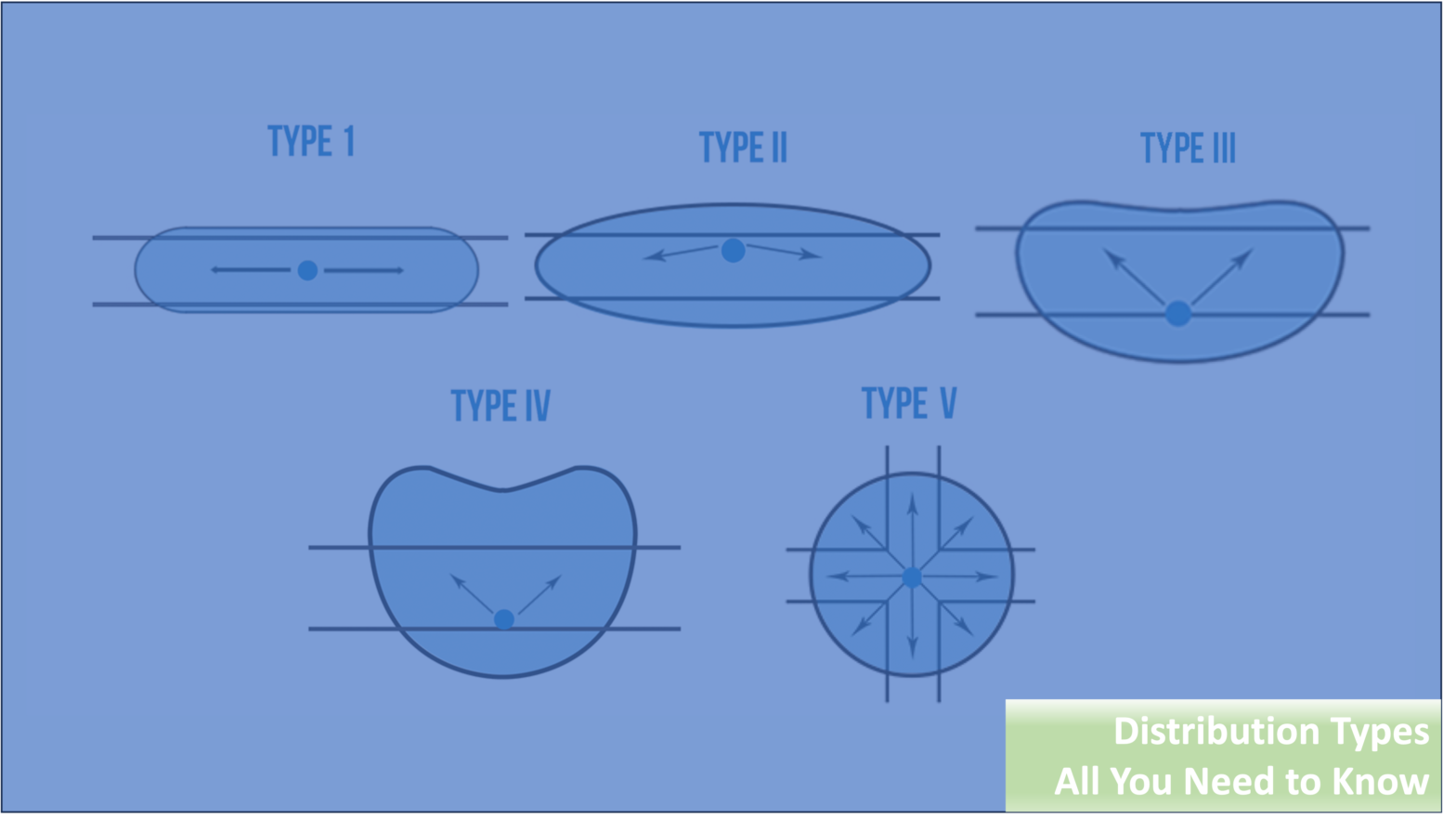At Energywise Solutions, we understand the significance of conducting thorough inspections of poles before installing LED lights. As a leading provider of high-quality lighting solutions, we prioritize safety, efficiency, and longevity for our clients. In this article, we will explore the importance of inspecting poles before LED light installations, highlighting the potential risks, benefits, and best practices involved.
Table of contents
Understanding the Need for Pole Inspections
Before diving into the process of LED light installations, it is crucial to emphasize the significance of inspecting poles. These inspections serve multiple purposes, such as:
- Structural Integrity: Poles must be evaluated for structural soundness to ensure they can support the weight and stress of LED lighting fixtures. This evaluation involves assessing factors such as pole age, material quality, and any existing damage or deterioration.
- Electrical Safety: Inspections also focus on verifying the electrical safety of poles. Electrical components, such as grounding systems and wiring connections, need to be examined to ensure they are in optimal condition for powering LED light.
- Environmental Factors: Poles are exposed to various environmental conditions, including extreme temperatures, moisture, and corrosion-causing elements. Inspections help identify any environmental damage that may compromise the durability and functionality of the LED light installations.
- Compliance with Regulations: By inspecting poles, you can ensure compliance with local regulations and industry standards. These guidelines often dictate specific requirements for pole installations and aim to guarantee public safety and environmental protection.
The Inspection Process
To conduct a comprehensive pole inspection, it is essential to follow a systematic process. Here, we outline the key steps involved:
1. Visual Examination
A visual examination allows for a preliminary assessment of the pole’s condition. During this stage, our experienced technicians meticulously observe the pole for visible signs of damage, including:
- Cracks or fractures in the pole material
- Rust, corrosion, or peeling paint
- Leaning or tilting poles
- Loose or damaged hardware
2. Physical Inspection
In cases where visual inspection raises concerns, a technician can employ specialized lift equipment to physically examine the pole from top to bottom. This phase involves a closer evaluation of:
- Underground anchorage and foundation conditions
- Embedded pole base for signs of decay or damage
- Fasteners and attachment points for stability
- Electrical grounding systems and wiring connections
3. Load Testing (if required)
Depending on the pole’s age, condition, and load-bearing requirements, load testing may be necessary. This process involves applying controlled weights or simulated wind loads to the pole to assess its structural integrity and ability to withstand stress. Load testing provides valuable insights into the pole’s overall stability and capacity for LED light installations.
4. Documentation and Reporting
Throughout the inspection process, detailed documentation and reporting are essential. We recommend you create comprehensive reports, including photographs, measurements, and descriptions of any identified issues. This documentation serves as a valuable resource for decision-making, repair planning, and compliance purposes.
Benefits of Thorough Pole Inspections
Conducting thorough inspections of poles before LED light installations brings numerous benefits, including:
1. Enhanced Safety
By identifying and addressing structural or electrical deficiencies early on, pole inspections significantly reduce the risk of accidents, such as pole collapses or electrical malfunctions. This ensures the safety of both technicians and the public.
2. Increased Efficiency and Longevity
Inspecting poles allows for proactive maintenance and repairs, ensuring optimal functionality and longevity of LED light installations. Addressing minor issues before they escalate can save time, resources, and prevent unexpected failures.
3. Compliance and Avoidance of Penalties
Adhering to local regulations and industry standards is essential to avoid penalties, legal complications, and damage to your organization’s reputation. Regular inspections demonstrate your commitment to safety and compliance, mitigating potential risks.
Conclusion
At Energywise Solutions, we emphasize the critical role of pole inspections in ensuring successful LED light installations. By meticulously evaluating structural integrity, electrical safety, and environmental factors, you will be able to create a safe, efficient, and long-lasting lighting infrastructure.
Remember, prioritizing inspecting poles for LED light installations not only safeguards against accidents but also enhances efficiency, extends the lifespan of LED light installations, and ensures compliance with regulations. Contact Energywise Solutions today to learn more about comprehensive pole inspections and how we can assist you in achieving optimal lighting solutions.







